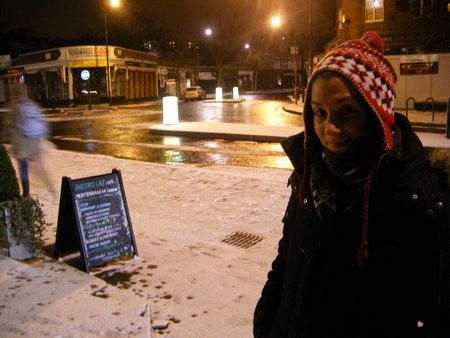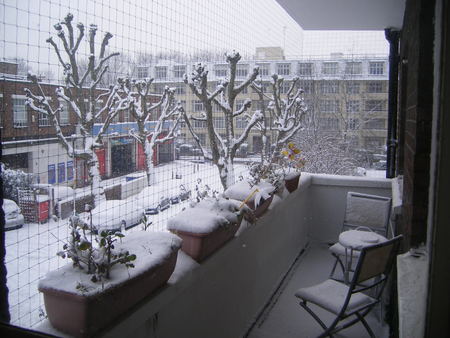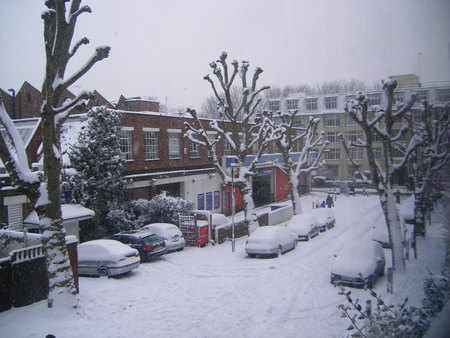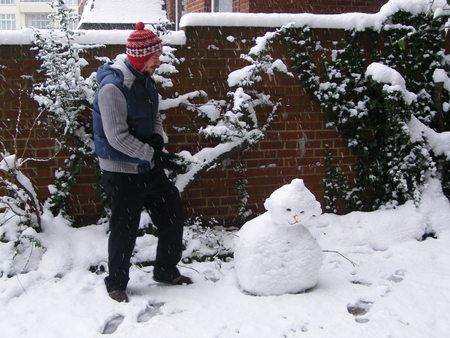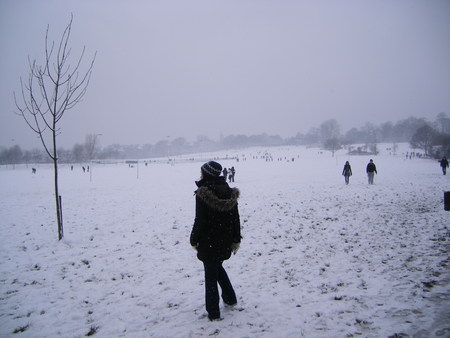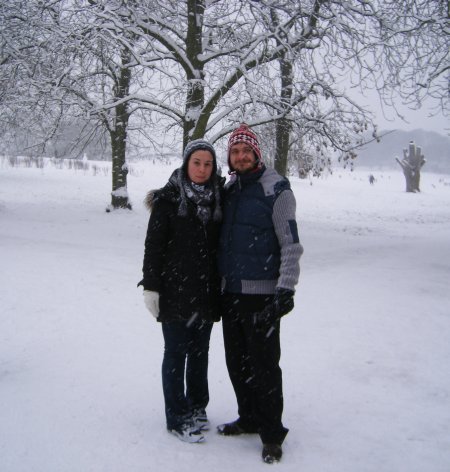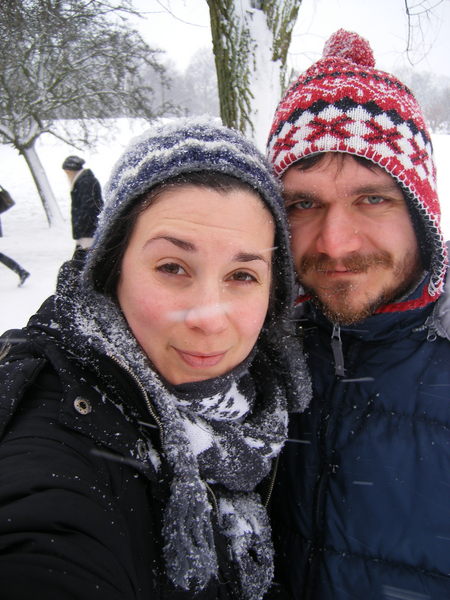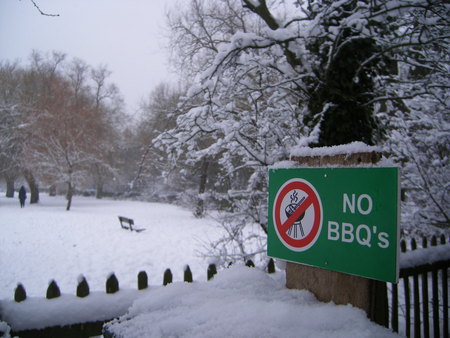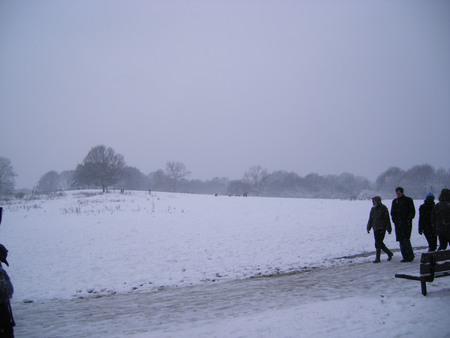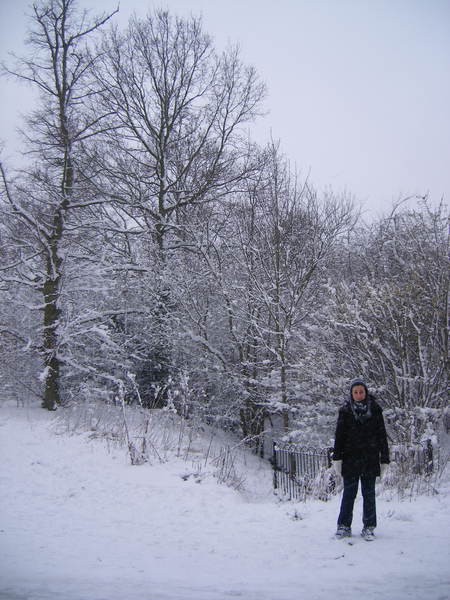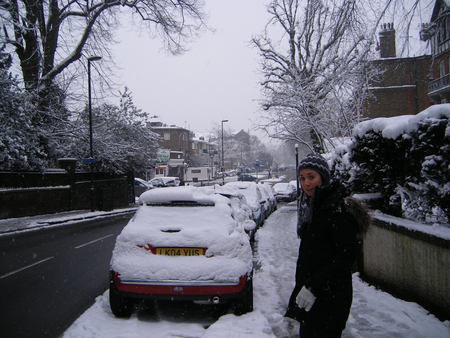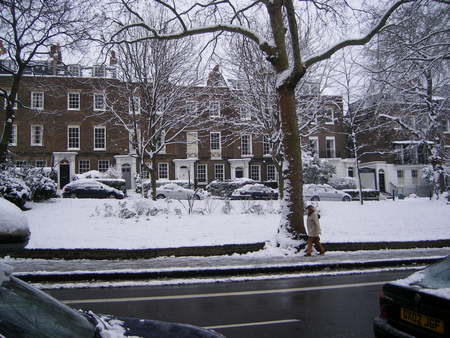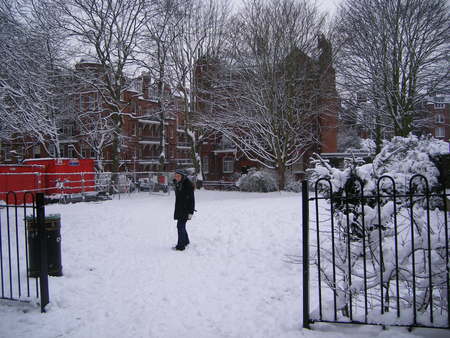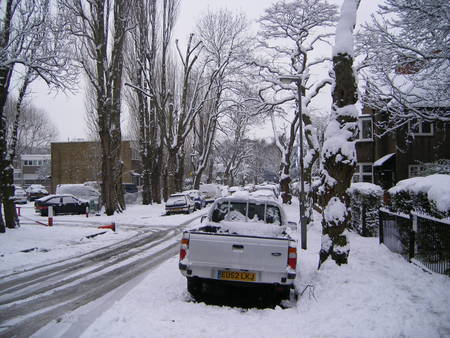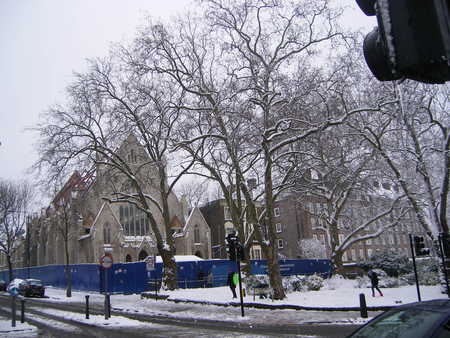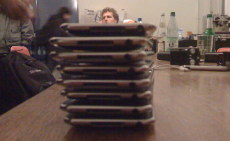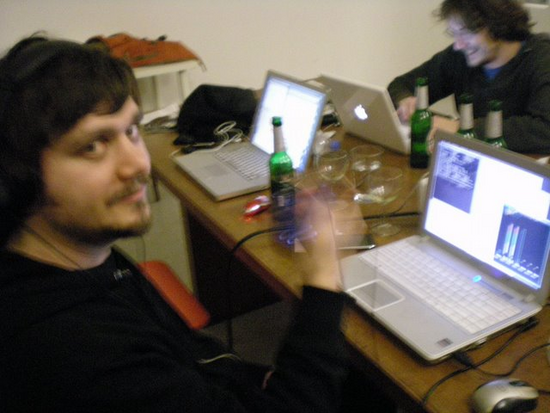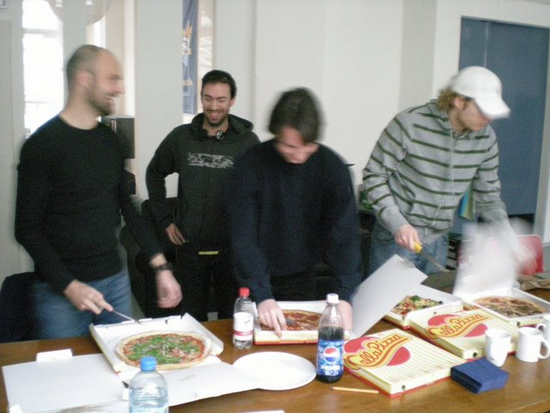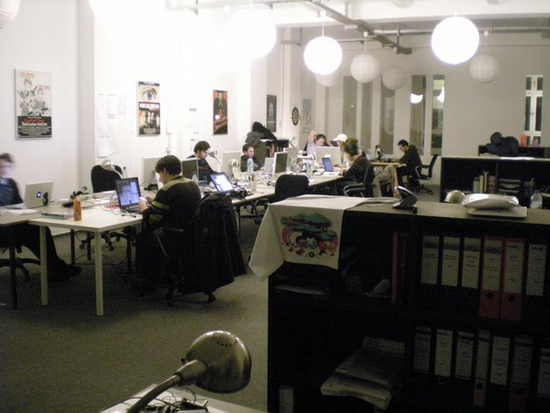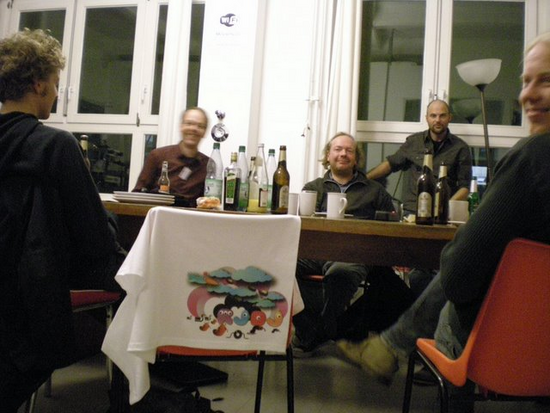Nov. 8, 2008
Today I finished reading A field guide to genetic programming, a free, self published, creative commons licensed computer science book written by practitioners in the art of evolving computer programs. I say art because as the book makes clear this science is still quite young and experimental, mostly based on heuristics and rules of thumb. This is exactly what makes the book so valuable a resource. Outside the basic evolutionary algorithm the number of different ways of representing candidates, eliminating the unfit, reproducing new candidates, choosing population size, choosing mutation rate, etc. etc. make it incredibly complex to form a systematic analysis of the different aspects of the technique. The book gives experienced advice about all of these aspects and also suggests areas that need further study.
The book is ideal for people who want to get up to speed with the front line of current developments in the field. By the end of the book one is armed with enough knowledge to dive right in and start creating and using programs that evolve programs. A basic understanding of computer science concepts are all that is needed to grasp the concepts in the book, so anyone with a first year level of a computer science degree, or a few years of programming experience, should have no problem.
I purchased a hardcopy version of the book for easy reading and it came as a paper-back the size of a sheet of A5. The illustrations on the outside of the cover and througout the book lend it a lighthearted and easily comprehensible air and the writing itself is more enthusiastic than you would expect from a scientific text, making it an easy read. The examples provided are consice, easy to understand, and directly to the point, and the book is incredibly well referenced providing numerous texts to follow up some concepts in more detail.
Perhaps the most compelling feature of the book is the multitude of successful, practical applications of GP to real world problems which are found throughout it's pages. Before I read it, I was already convinced that the only way that we will evolve human equivalent intelligence will be through some type of artificial evolutionary process. Now I am even more convinced of that. Here are some choice quotes from the late Alan Turing, as always, far ahead of his time:
"There is the genetical or evolutionary search by which a combination of genes is looked for, the criterion being the survival value."
("Intelligent Machinery", Turing, 1948)
"We cannot expect to find a good child-machine at the first attempt. One must experiment with teaching one such machine and see how well it learns. One can then try another and see if it is better or worse. There is an obvious connection between this process and evolution.
'Structure of the child machine' = Hereditary material
'Changes of the child machine' = Mutation
'Natural selection' = Judgement of the experimenter"
("Computing Machinery and Intelligence", Turing, 1950)
What higher computer science accolade is there than Alan Turing's posthumous recommendation? In short, great book. Find out more at the official website and purchase it online at lulu.com.



